Adenoid Surgery (Adenoidectomy)
Adenoid surgery (adenoidectomy) is performed with the aim of eliminating the problems experienced in the area between the adenoid and throat. The adenoid sometimes grows larger than it should, this is mostly seen in children. The adenoid has a structure resembling a bunch of grapes and is located between the throat and the nose. The operation is extremely reliable and practical thanks to its low complication risks.
If there are complaints about adenoid, applying to a doctor without delay and taking advantage of early diagnosis makes the process easier to complete. The department of otolaryngology is the department that the patient will refer to in this regard. Adenoid catches germs such as viruses and bacteria that enter from the nose area, and thus the body can fight germs. It is among the duties of the adenoids that the body fights microbes and produces antibody-like auxiliary substances.
What is Adenoid?
Adenoid is a region located in the nasal region and affects the upper respiratory tract. There is an area just behind the nose of the upper respiratory tract, and this area is called the nasopharynx. Nasopharynx means the nasal region. The nasal region is an area that is in contact with breathing. You can get comprehensive information about adenoid removal surgery from otolaryngologists when you make an appointment with the hospital and get examined by the doctor.
Adenoid is similar in shape to a bunch of grapes. In some cases, children may experience adenoid enlargement and adenoid inflammation. Continuous or frequently recurring adenoid growths should be taken into account. In this case, your doctor may recommend adenoidectomy, and only in this way, children can continue their lives in a healthier way when adenoids are removed. The child does not get sick when the adenoid is removed, and the body can perform its functions better.
Adenoid Surgery (Adenoidectomy) Which Area Is Inspected?
Adenoid surgery (Adenoidectomy) can be performed with an appointment with the ENT, ear nose and throat department. There are many reasons for a person to have adenoidectomy. In cases of snoring during sleep, sleep apnea, holding your breath for a few seconds during sleep, and making a sound while breathing, it means that the adenoids are enlarged and begin to involve risks. If you have difficulty breathing through the nose, you may encounter the problem of adenoid enlargement.
Adenoid surgery is a type of operation performed for many reasons. Constantly breathing through the mouth, having trouble breathing through the nose, talking from the nasal area such as nasal congestion, making a sound while breathing are all various indicators of adenoid enlargement. Adenoid enlargement is common in children. If your child has inflamed adenoids or enlarged adenoids, you should immediately go to hospitals and consult physicians.
What is Adenoid Surgery (Adenoidectomy)?
Adenoid surgery should be performed when necessary. Adenoid surgery is recommended by physicians in all cases of breathing difficulty, sleep apnea, speech disorder, and frequently recurring rhinitis. If your child has even one of these problems in children, you should go to the doctor immediately and start treatment. In adenoid treatments, sometimes the adenoid may shrink on its own. The doctor will decide in which cases the adenoids will be surgically removed.
Adenoid surgeries (Adenoidectomy) are performed to remove inflamed adenoids and enlarged adenoids that cause distress. Adenoids are sometimes treated first with antibiotics and there is no need for surgery. When the adenoid is not inflamed, the physician recommends waiting for a while for the patient. Some growth of adenoid does not cause health problems and is normal. A certain amount of enlargement of the adenoid in children is quite normal. Adenoids that grow to a problem cause distress and can only be removed by surgery.
How Is Adenoid Surgery (Adenoidectomy) Performed?
Adenoid surgery (Adenoidectomy) is completed in approximately 20-30 minutes. During the operation, the patient is under general anesthesia, and the anesthesiologist provides the necessary follow-up. A mouth opener is used to increase the physician's vision quality. In this way, the patient's mouth remains open during the operation and the physician can easily perform the procedures. The adenoid, located on the back of the uvula, is scraped from the area with the help of a tool called curette.
For adenoid surgery (adenoidectomy), the surgeon does not need to make an incision on the skin. This speeds up the healing process and greatly reduces the risk of infection. After the operation, the patient remains under observation until fully awake. If there are problems such as bleeding or breathing difficulties, a new surgery may be required, but the risk of this complication is very low.
Adenoid Surgery (Adenoidectomy)
Adenoid surgery (adenoidectomy) is an extremely easy surgical procedure. The chance of adenoid regrowth after surgery is very low. Therefore, a single operation is sufficient. The adenoids of children around the age of 2 may regrow depending on their young age. This rate is between 10 and 20 percent. Removal of adenoid does not cause any deficiency in lymphatic tissues.
Contrary to the general belief, more infections do not occur in children whose adenoids are taken, or it does not become easier for the lower respiratory tract to be affected by inflammation. With the removal of the adenoid, the lymph tissue in the region performs the duties of the removed tissue. The operation is mostly applied to children in the 2-6 age group by an otolaryngologist. However, if it poses an advanced obstacle for breathing, it is also performed for children around 1 year old.
What are the Advantages of Adenoidectomy Surgery?
Adenoid surgery (adenoidectomy) ensures that the patient's complaints come to an end and prevents both existing and potential problems physically. The operation is completed in a short time and the risk of complications is extremely rare. In this way, the patient has a comfortable recovery process. After the operation, children do not feel any pain, because the area where the adenoid is located is not an anatomically dense area.
2 hours after the adenoid surgery, the patient can start feeding. Compared to operations such as tonsil surgery, the list of edibles is much wider. The risk of complications through the evaporation method is almost negligible. Reducing the risk of infection after surgery increases growth hormone and improves sleep quality. These factors have a positive effect on the development of the child.
Post Adenoid Surgery (Adenoidectomy) Process
After adenoid surgery (adenoidectomy), the patient does not have pain complaints. Generally, patients can be discharged 6 hours after the operation. The patient who goes home does not need to stay in bed all the time. Liquid and soft foods should be consumed on the first day. Extremely cold or hot food should be avoided. Following the physician's recommendations is sufficient at this stage and there is no need for a strict diet. 1-2 weeks is enough to fully heal.
It starts between 1 and 4 weeks to regulate breathing in a targeted way, closing the mouth and starting the process of breathing through the nose. This period may be longer in patients for whom mouth breathing has become a habit. Although not making cuts in the operation eliminates the risk of infection, it will be useful to be careful. The medication and recommendations given by the otolaryngologist should be followed exactly.
Resources:
https://my.clevelandclinic.org/health/treatments/15447-adenoidectomy-adenoid-removal


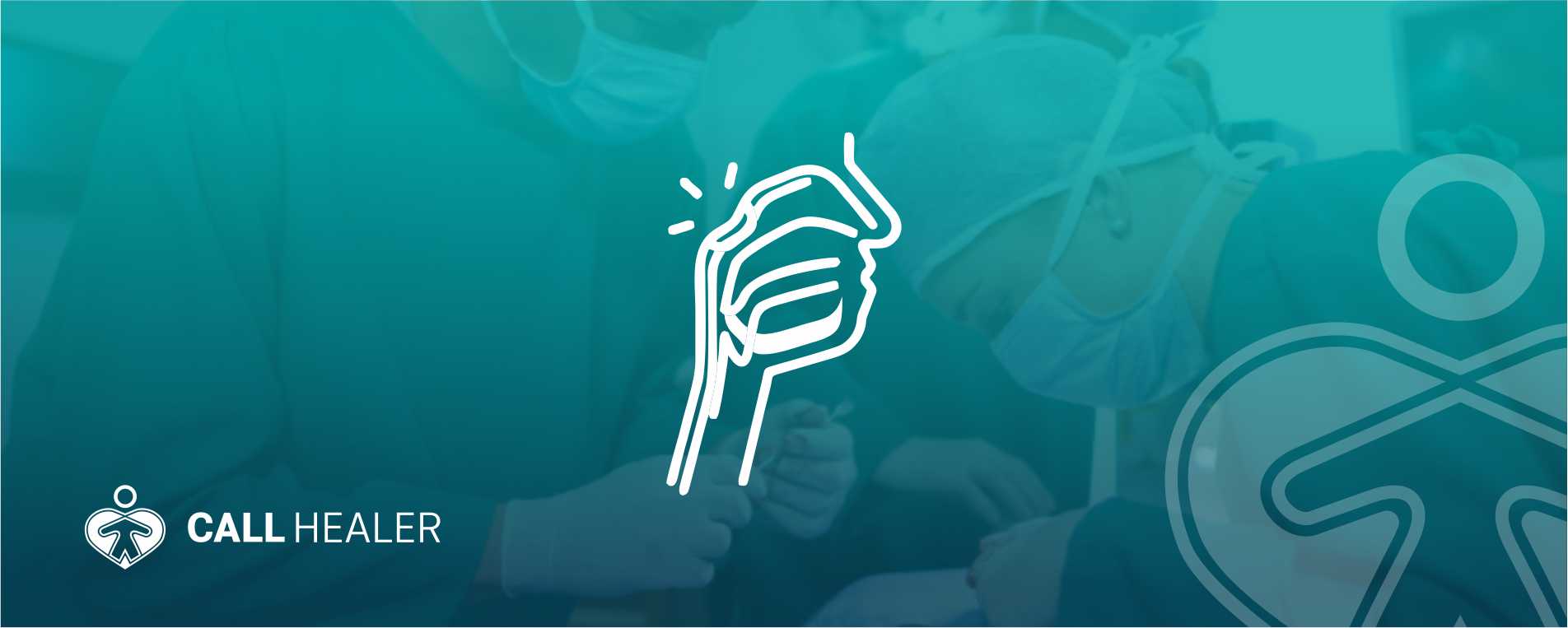
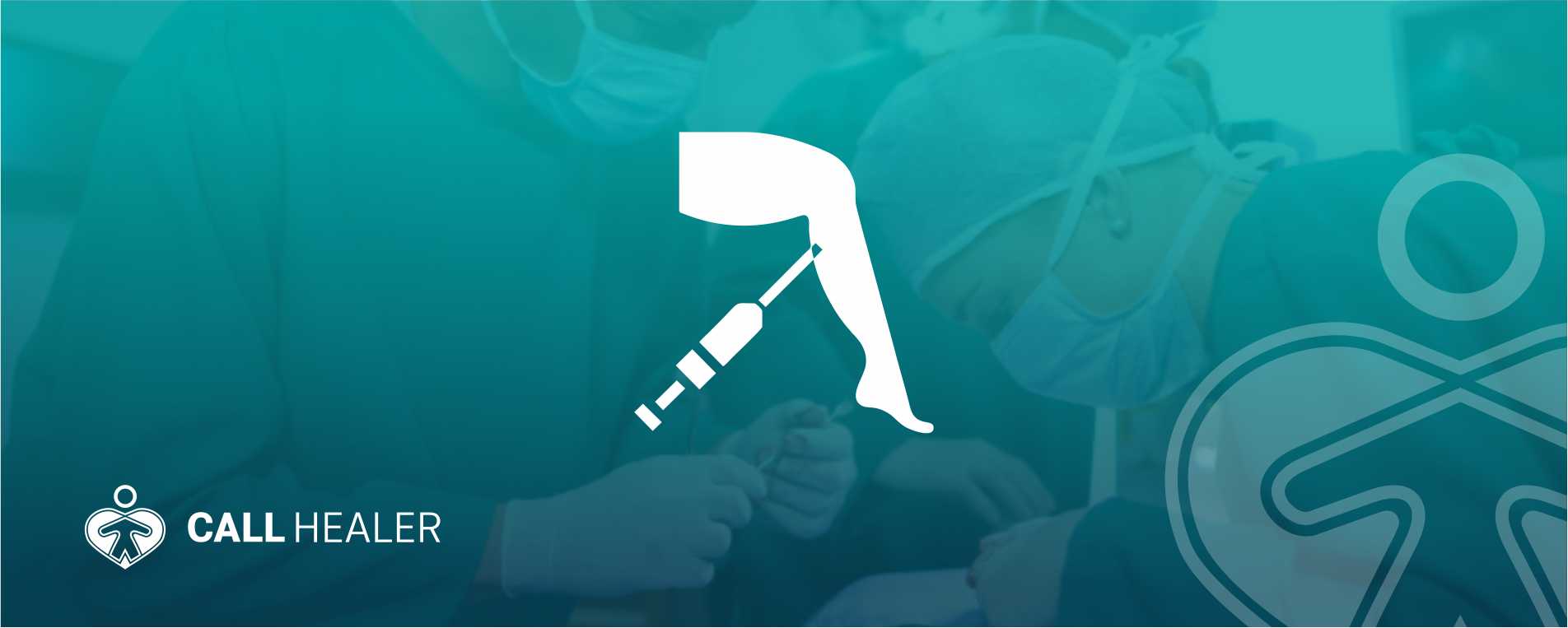

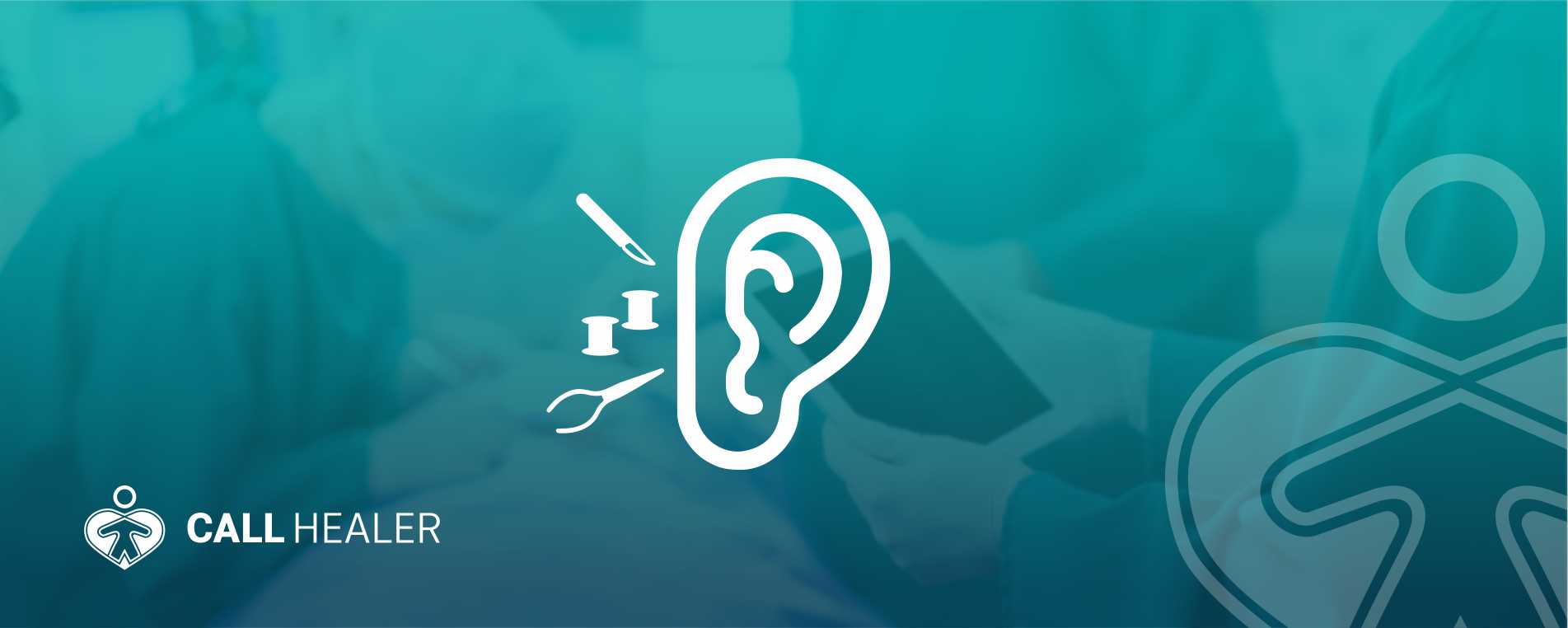
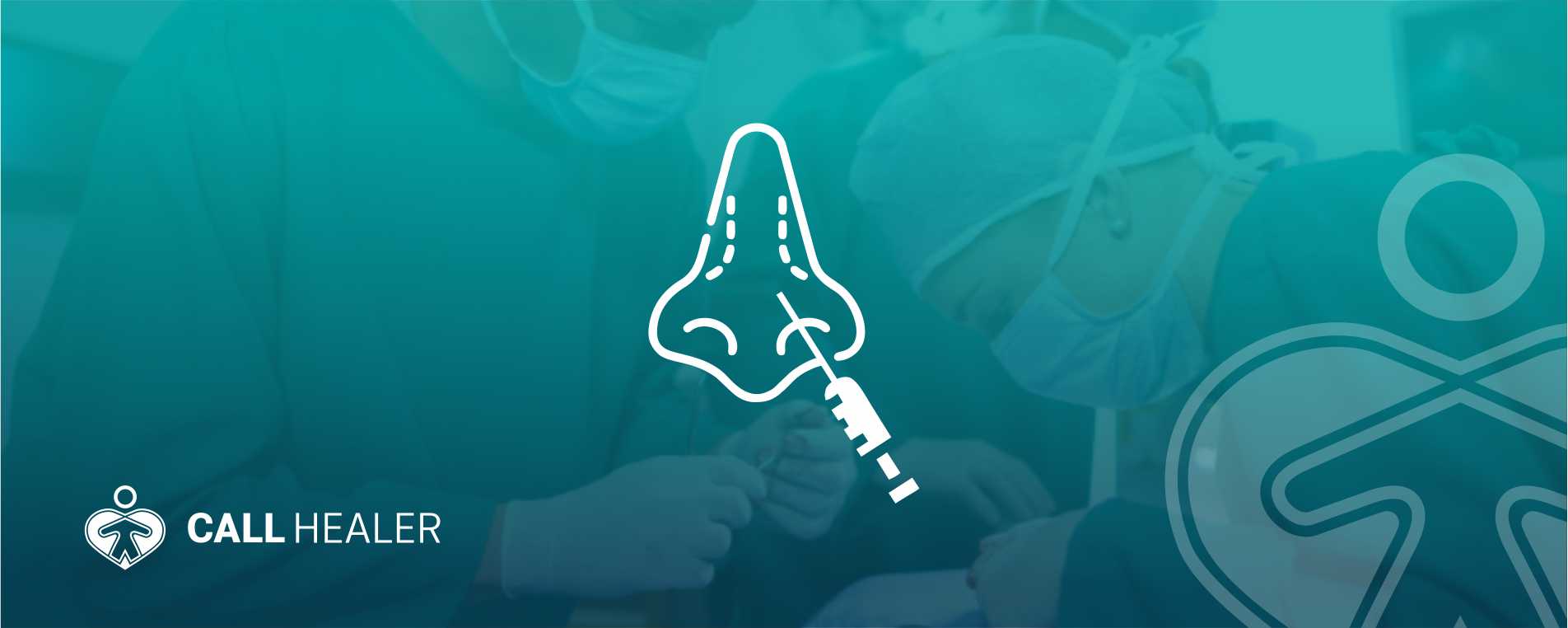


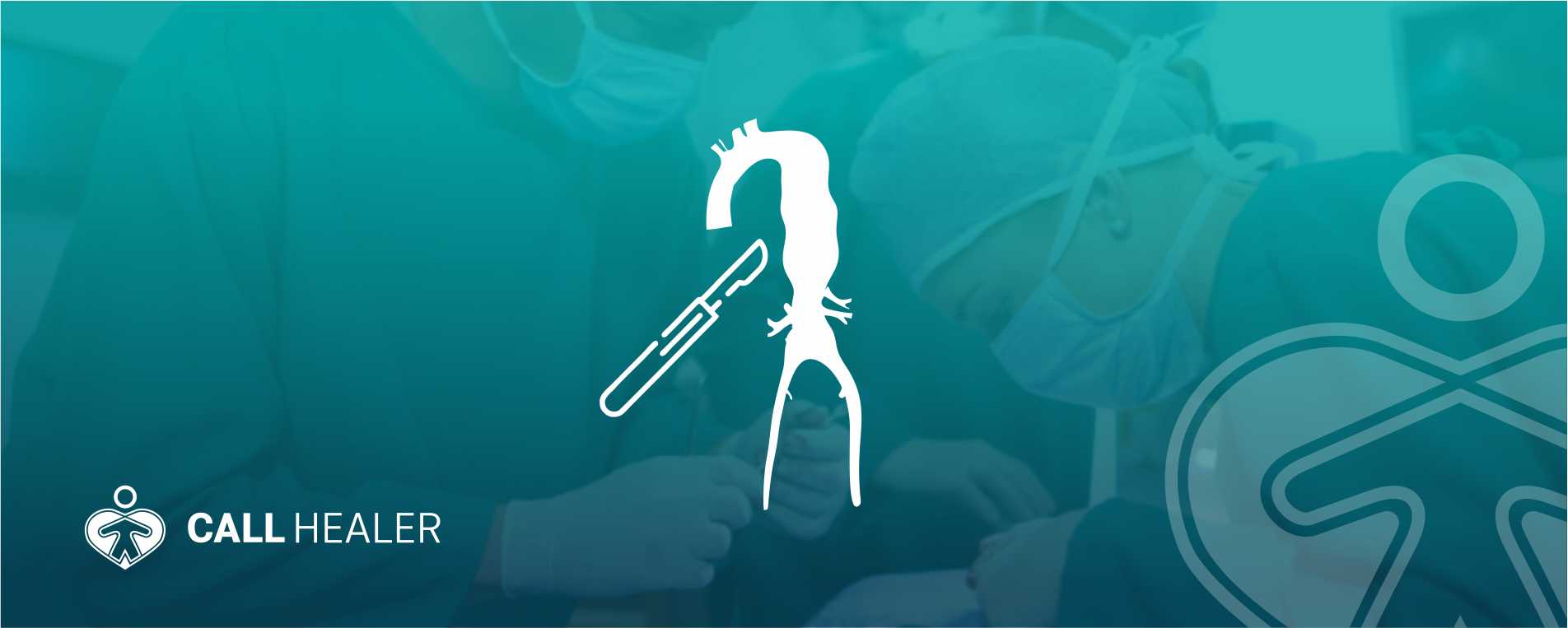
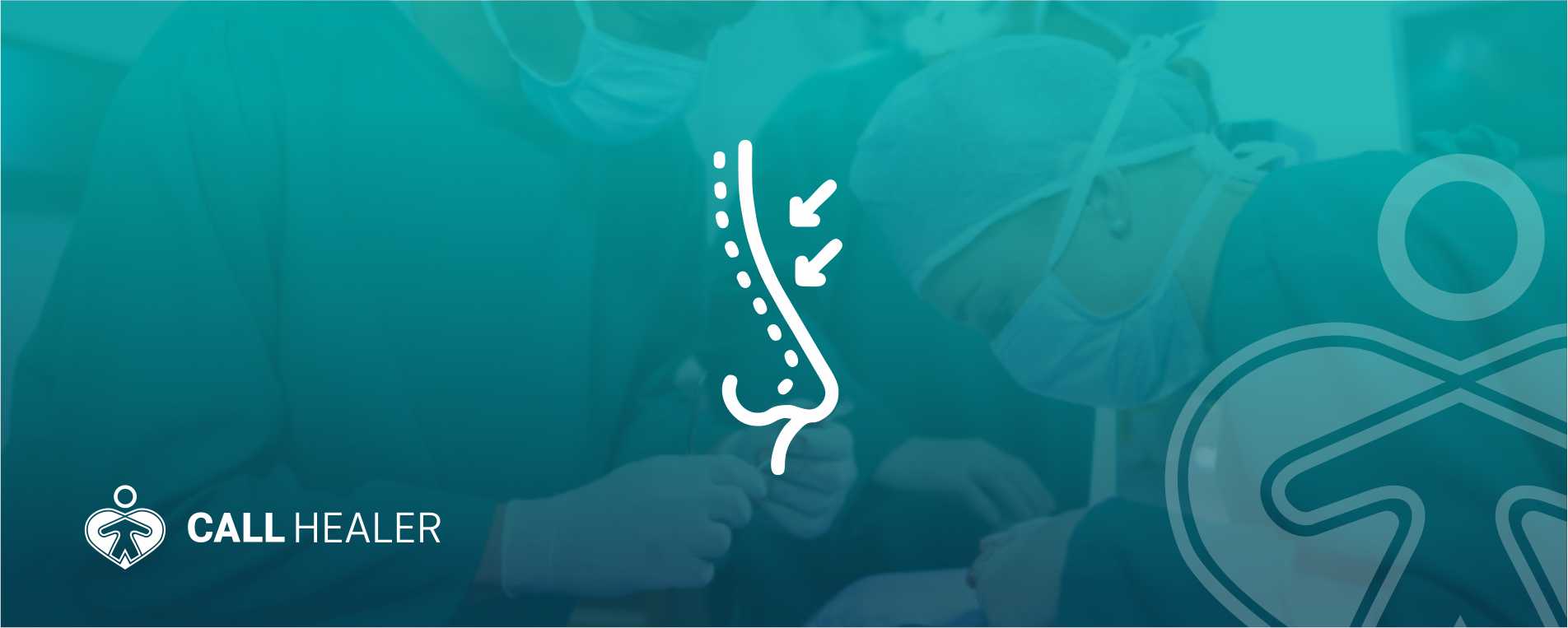
{{translate('Yorumlar')}} ({{yorumsayisi}})